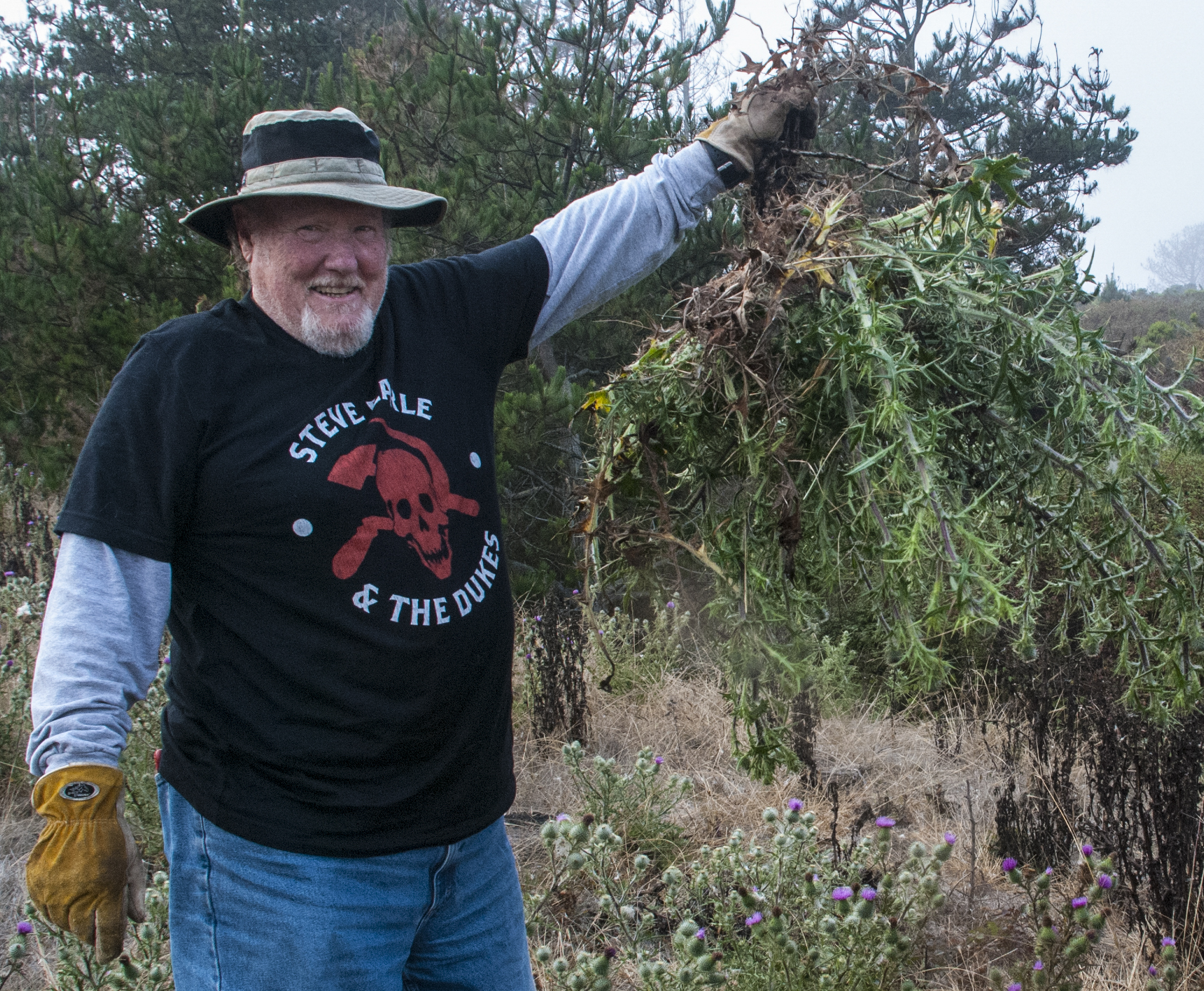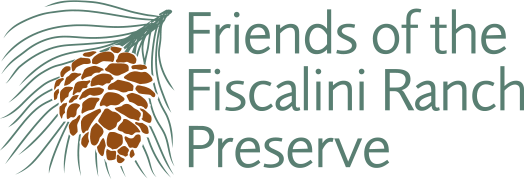2022.02.09 | The Weeds are Back!

Keeping weeds under control on the Ranch takes significant effort. For more than 20 years, Cambria Community Services District and Friends of the Fiscalini Ranch Preserve have been partners in this work. This time of year, FFRP’s volunteer corps puts in maximum effort to keep weeds down but we are regularly asked why we do not “let nature take its course”.
We control species that were introduced by people for several reasons. First, these species increase the risk of fire by growing profusely in spring then leaving dried stems in summer. Second, they reduce biodiversity as they outcompete native plants. These invasive, exotic species do not support local wildlife as well as native species. Third, local species embody the specific nature of the Central Coast. When natives are crowded out by invasive weeds, one place looks just like another as the weeds spread widely. This interchangeable aspect is one we strive to avoid on the preserve.
These are a few of the species we prioritize for control:
Black mustard (Brassica nigra) is from Eurasia. This species arrived in California in the 1700s, likely with the establishment of the mission system. By the 1950s, the Forest Service was encouraging the spread of black mustard seed by hand–and even from aircraft–to stabilize slopes after fire. They did not know that over time black mustard would greatly increase fire risk.
Milk thistle (Silybum marianum) is a Mediterranean weed, well suited to our climate. Typically found in pastures, milk thistle can outcompete other plants to take over a field. It can be toxic to cattle and its spiny leaves are also dangerous.
Bull thistle (Cirsium vulgare) is yet another invasive thistle on the Ranch. Native to Europe, western Asia, and North Africa, it thrives in disturbed soils. With good timing, they are pulled before setting seed. Bull thistle plants can produce about 100 to 300 or more seeds per flowerhead, and anywhere from 1 to over 400 flowerheads per plant.
French broom (Genista monspessulana) is a very dangerous weed that was introduced as an ornamental plant for landscaping. Although French broom is still planted by gardeners in Cambria, it burns readily, and increases fire frequency and intensity. The Fire Safe Council considers it such a threat to public safety that they are conducting a three-year program to irradicate it from wild lands. On the Ranch, removal of individual plants and small stands are a high priority.
If you are interested in helping to care for the Ranch, you may want to join the weeders who meet every Wednesday morning, often between the Bluff and Marine Terrace trails. Write to ranch at ffrpcambria.org for details.
Photo: Walt Andrus
Article first published in https://cambriaca.org/


